Growth of 5G Technology
The rollout of 5G technology in Japan is poised to revolutionize the smart tv market. With significantly faster internet speeds and lower latency, 5G enables high-definition streaming and interactive content experiences that were previously unattainable. This technological advancement is expected to drive consumer interest in smart TVs that can fully utilize these capabilities. Market analysts suggest that by 2026, over 70% of Japanese households will have access to 5G networks, which could lead to a surge in smart TV sales. The smart tv market is likely to see an increase in demand for models that support 5G connectivity, allowing users to enjoy seamless streaming and enhanced features.
Shift Towards Content Personalization
The smart tv market is experiencing a notable shift towards content personalization, driven by advancements in data analytics and machine learning. Japanese consumers increasingly prefer tailored content recommendations that align with their viewing habits. This trend is reflected in the growing popularity of smart TVs equipped with AI algorithms that analyze user preferences. As of 2025, it is estimated that 60% of smart TV users in Japan utilize personalized content features, indicating a strong market demand. The smart tv market is adapting by incorporating sophisticated recommendation systems, which not only enhance user satisfaction but also encourage longer viewing times, ultimately benefiting manufacturers.
Increased Focus on Gaming Capabilities
The rise of gaming culture in Japan is significantly influencing the smart tv market. With the growing popularity of console and cloud gaming, consumers are seeking smart TVs that offer superior graphics, low input lag, and high refresh rates. This trend is particularly evident among younger demographics, who prioritize gaming features in their purchasing decisions. Recent surveys indicate that nearly 40% of smart TV buyers in Japan consider gaming performance as a critical factor. The smart tv market is responding by developing models specifically designed for gamers, which may include features such as HDMI 2.1 support and variable refresh rates, thereby catering to this expanding consumer segment.
Rising Demand for Smart Home Integration
The increasing trend of smart home technology adoption in Japan appears to be a significant driver for the smart tv market. As consumers seek to create interconnected environments, smart TVs serve as central hubs for controlling various devices. This integration enhances user convenience and functionality, making smart TVs more appealing. According to recent data, approximately 45% of households in Japan have adopted some form of smart home technology, which correlates with a growing interest in smart TVs. The smart tv market is likely to benefit from this trend, as manufacturers develop products that seamlessly integrate with other smart devices, thereby enhancing the overall user experience.
Sustainability and Eco-Friendly Features
The smart tv market is increasingly influenced by consumer demand for sustainability and eco-friendly features. Japanese consumers are becoming more environmentally conscious, leading to a preference for energy-efficient smart TVs that minimize power consumption. Manufacturers are responding by developing products that meet stringent energy efficiency standards, which not only appeal to eco-conscious buyers but also comply with government regulations. As of 2025, it is projected that energy-efficient models will account for over 50% of smart TV sales in Japan. The smart tv market is likely to see a continued emphasis on sustainable practices, which may include the use of recyclable materials and reduced carbon footprints in production.

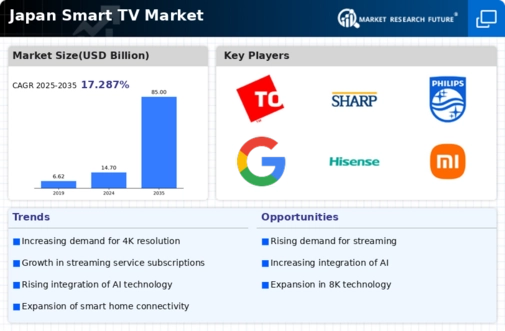
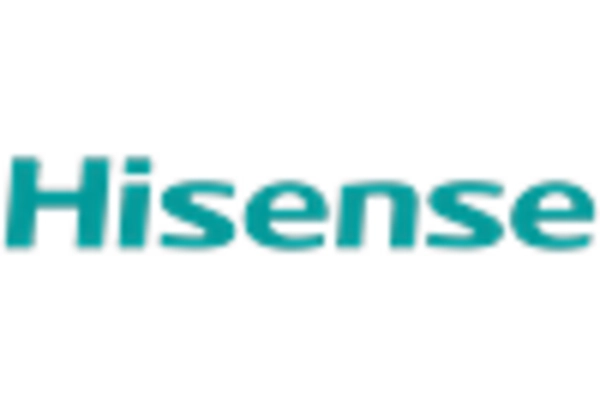

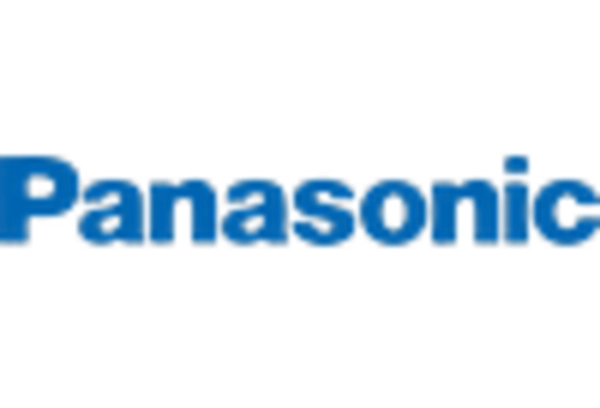

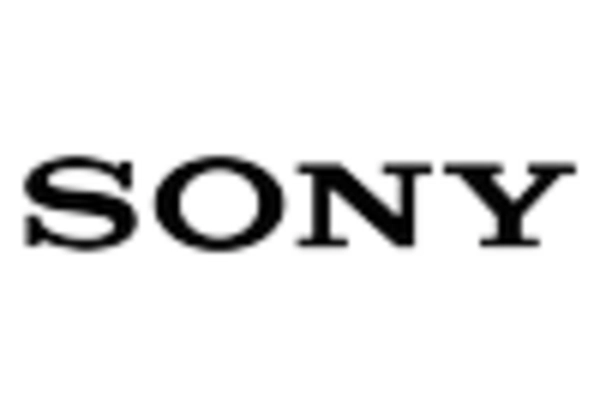
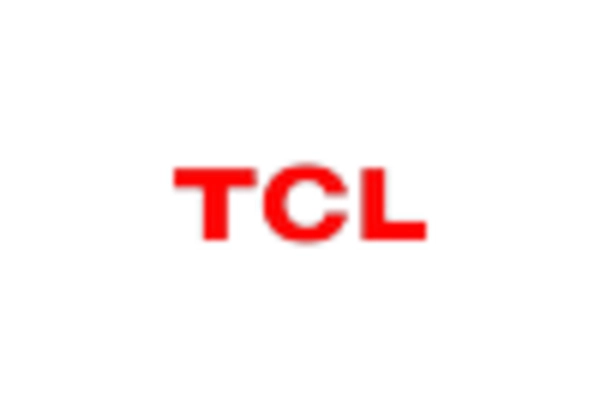








Leave a Comment